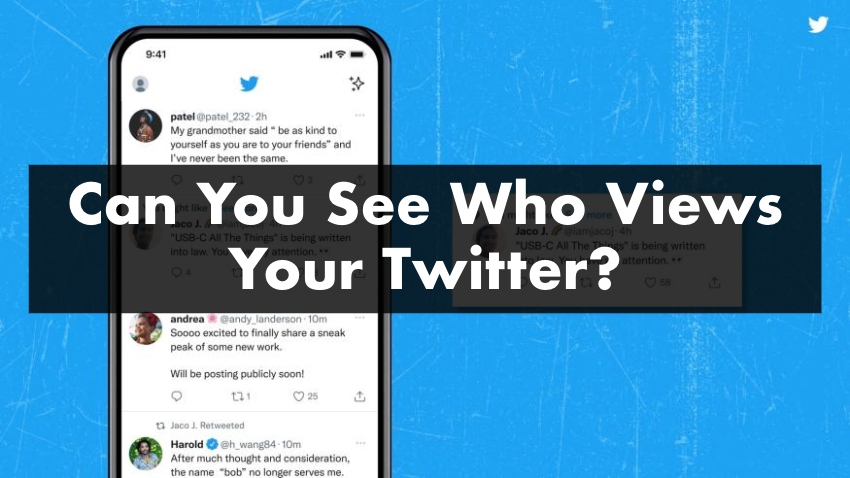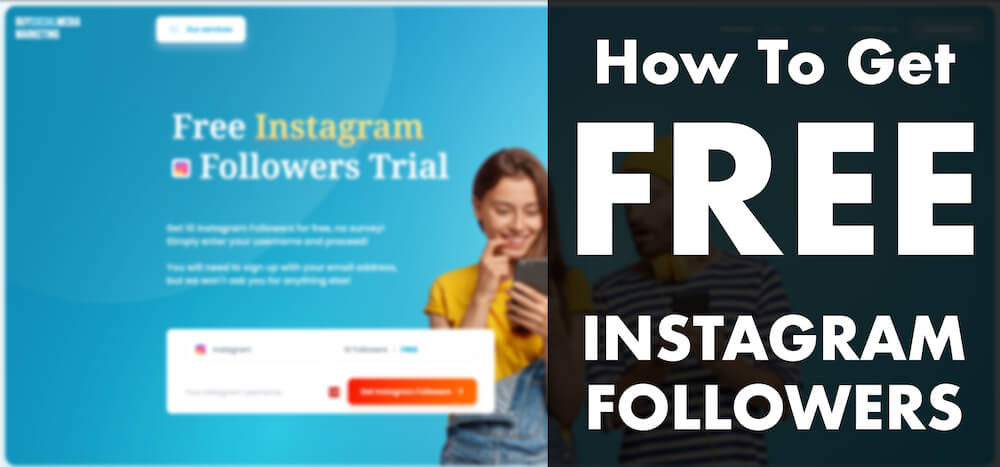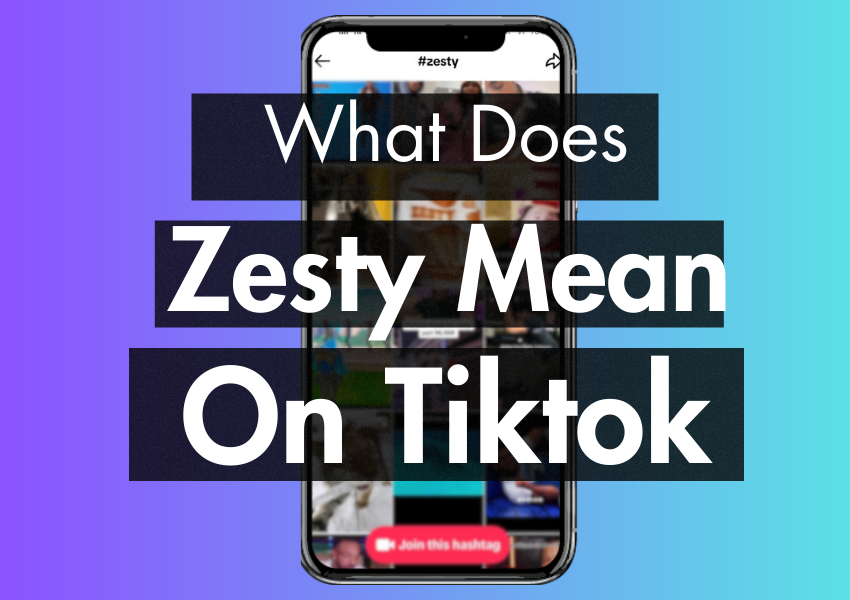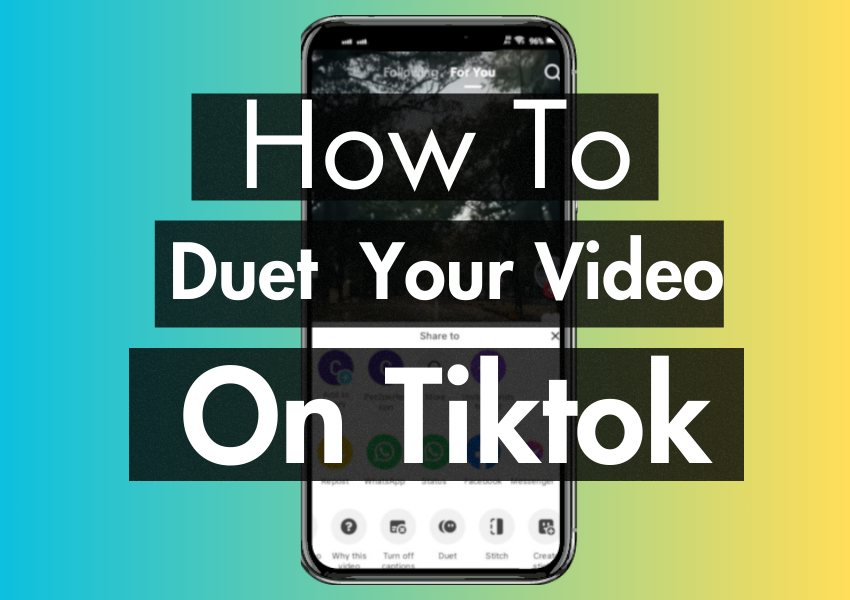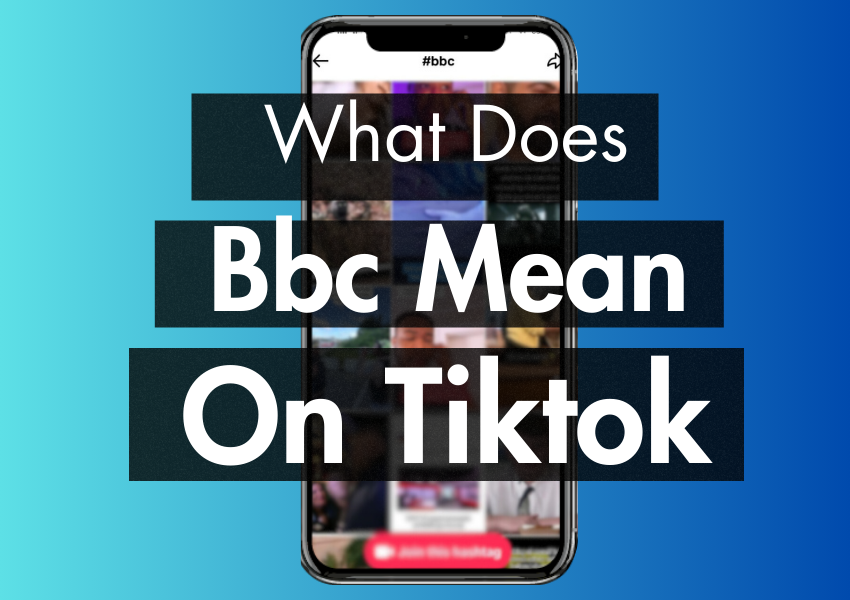Last Updated on March 2, 2023

The growth and engagement in video marketing is staggering.
More than 60 hours of footage is uploaded every minute on YouTube and 700 videos are shared each minute on Twitter.
2017 figures show that 85% of Americans watch videos regularly online. In fact, watching videos makes up over a third of all online activity, and that figure is growing.
2018 has seen social media giant Instagram leap onto the video marketing bandwagon when they added IGTV to their platform in June.
Cisco’s white paper predicts that by 2019, 80% of all internet traffic will involve video engagement.
And it’s estimated that by 2021, it will take one person 5 million years to view the amount of video content released in just a single month!
The evidence is overwhelming and unquestionable. Video marketing is the future.
Video v’s Text.
Video marketing is also far more effective than text. Our brains are extremely good at processing visuals. We absorb visual information far more quickly than text. 60,000 times quicker to be exact.
Retention rates are also way higher with video. Up to 95% of the message is retained by video viewers compared to just 10% of information from reading blog posts and articles.
If a picture is worth 1000 words, then a video is surely worth a million.
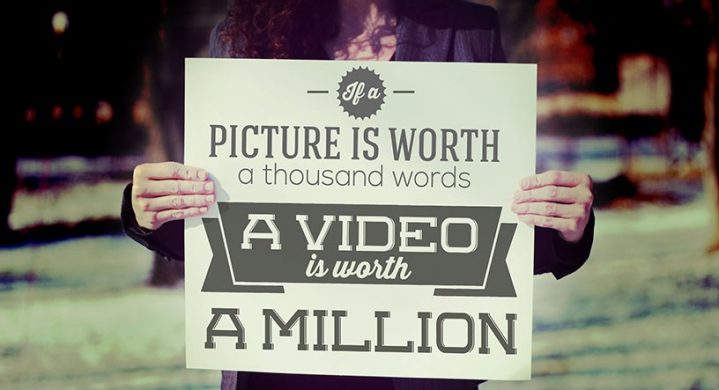
The video gold rush.
If you want to provide valuable information or explain the benefits of a service, a strategically placed video will help you to achieve this. It can boost your conversion rate quite a bit.
In fact, data shows that viewers are 85% more likely to buy something after watching a video.
The opportunity for businesses to create authority, attract an audience and set themselves apart from the competition by adopting video marketing is HUGE.
If you don’t have a video marketing strategy in place, now is the time to get one together so that you don’t miss out on the video gold rush. And if you haven’t already, you need to increase your video marketing budget, because increasing demand means that costs for social media advertising are on the rise.
Yes, video marketing is expensive, but it’s definitely worth it. Why? Video advertising converts. It can raise the intent to purchase by up to 97% and can increase brand association by 139%.
If that’s not enough to convince you, then the cherry on top of the sundae is that it can also help you to climb the SERPS.
Strategies for video marketing success.
You need a whole lot of views to get to the top. A quick look at the top 10 trending viral videos on YouTube shows combined viewing figures of 550 million!
Getting eyeballs on your video content is becoming increasingly difficult, which is why lots of businesses and creators are opting to buy views for YouTube, Facebook and IGTV videos.
While buying views can certainly help as part of a larger video marketing strategy, if your content isn’t up to scratch, your figures will plateau.
Your video content needs to be engaging and shareable. If your brand has a compelling story to tell, you can expect 1200% more shares with video compared to text and image-based marketing material.
Not only do you need to be creative with your advertising but you need to tell your story quickly. 60 to 90 seconds is the ideal length if you want maximum retention.
You also need to put some thought into which social media platform works best with your brand and your goals.
Here are a few stats that might help you with that:
- Over a billion people use YouTube – which equates to 1/3 of all internet users.
- 82% of people on Twitter use it to watch videos
- 10 billion videos are viewed on Snapchat every day.
- 500 million people a day watch one or more videos on Facebook
Source: https://www.multiview.com/resources/blog/importance-using-video-content-social-media/

Facebook tips:
If you’re using Facebook for your video marketing, then it’s a good idea to stay square. Square videos are either captioned or letterboxed so that they appear square.
In 2017, square videos achieved 80% more engagement and over 30% more reach. In 2018, videos that are in a square format continue to outperform those in horizontal format.
Take advantage of Facebook’s Creator App. Brands and entrepreneurs can use the Facebook Creator App to create and distribute unique videos. You can even use it to do live broadcasts.
There are also some cool personalisation tools that you can use to increase engagement.
YouTube tips:
Live streaming is huge on YouTube. The YouTube TV app allows live streaming to Android TV devices and therefore provides a great opportunity for advertisers to extend their reach.
Be part of the conversation. YouTube users can share and receive videos on the app. Videos are being used in the same way that images are used to communicate.
Make sure that your videos fit this model. Create the sort of videos that make people want to talk about them or talk with them.
Create vertical ads. Vertical video is the new big thing on YouTube, it lets viewers watch videos full screen without having to tilt their phones.
Start vlogging. People relate to vloggers, and 2018 is going to see a further rise in the number of digital companies adopting this strategy to build relationships with consumers and to grow their audience.
Instagram tips:
Participate in Instagram’s weekend hashtag projects. #WHP is where Instagram users are encouraged to share their perspectives via video. It’s a great opportunity for marketers to reach a large audience.
Don’t just focus on the young. The 18 to 29 demographic is still dominant on Instagram, but the number of adult users is growing.
As of 2017, 33% of adults age between 30 and 49 use Instagram regularly. Amongst 50 to 64-year-olds, 18% use Instagram. These numbers are likely to keep rising.
Use Instagram Stories ads. You can create a short video advertisement that will play during users Instagram story feeds. This is quite restrictive, however, as you are only allowed to explain your products, and advertisements must not contain any sales copy.
Twitter tips:
News and live streaming dominate on Twitter.
Twitter presents an excellent opportunity to promote videos. Statistics show that products or services featured in video ads on Twitter are more likely to be talked about than TV ads.
Purchase intention and recall rates also increase when people are exposed to a brand via video marketing on Twitter compared to other video platforms.
Optimise your video content for mobile. This is a no-brainer given that 82% of all Twitter users access the service through their phones. 90% of videos on Twitter are viewed on a mobile device.
You may also want to consider using animated GIFs in addition to video to increase engagement on Twitter.
Why video marketing is so powerful.
Video marketing creates a happy marriage between convenience, efficiency and entertainment for the consumer and accessibility and versatility for advertisers.
Video content marketing can take many forms, so advertisers have a ton of options when it comes to incorporating video into their marketing strategy.
Here’s a brief list of the different types of video that your company may want to produce:
- Explainer videos
- Tutorial videos
- Interviews
- Product demonstrations and reviews
- Live video streams
- Customer testimonials
- Targeted Ads
So, how do consumers respond to video marketing? Well, the statistics suggest that they absolutely love it!
In 2018, people want experiences and video provides that for them.
Videos have therefore become a huge part of the shopping experience. According to Google, almost half of all internet users search for a video before visiting a store’s page. Rocketium Academy notes that 79% of consumers would rather watch a video than read about a product, and adds that a whopping 91% of consumers have watched an explainer video before buying.
So, it should come as no surprise that online video marketing is 600% more effective than traditional print and direct mail methods.
In fact, video is so popular right now that even the mention of it in an email subject line can increase the click-through rate by 13%.

Tips for getting it right.
Research suggests that tone and length are of the utmost importance. Annoying voice overs are a huge turn off for consumers, who much prefer a chatty and informal approach.
When it comes to video length, consumers like explainer videos that lasts around 1 minute. You can hold the viewer’s attention for up to 2 minutes, but then there is a drop-off.
Depending on the type of video, a length of 6 to 12 minutes may also hold the viewer’s attention.
If you’re interested, you can read more about video length and engagement on Wistia’s optimal video length article.
Make sure your videos have stellar visuals. Mary Meeker’s 2018 report on internet trends Revealed that 81% of people muted video ads.
And as the title of one Digiday article suggests, “85% of Facebook video is watched without sound”
Let’s wrap this up.
Video marketing is evolving and growing at an alarming pace.
It converts, increases engagement and it’s far more effective than text or static image marketing.
It’s a versatile tool for marketers and viewers respond to it.
If your business isn’t doing video marketing already, then the best time to start was yesterday!
